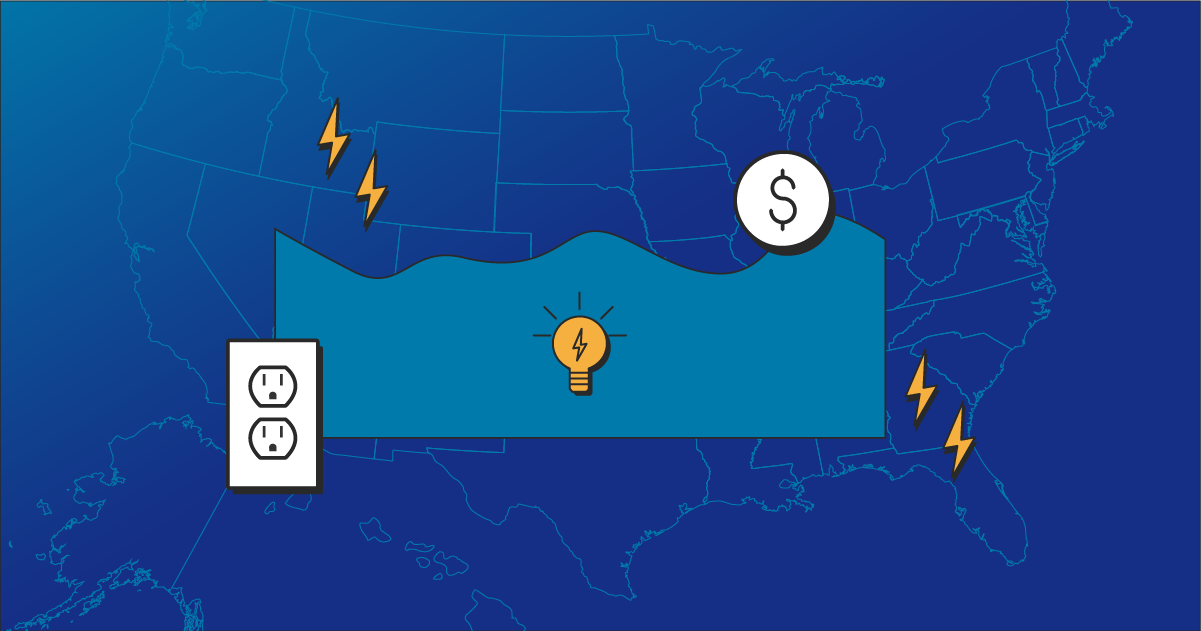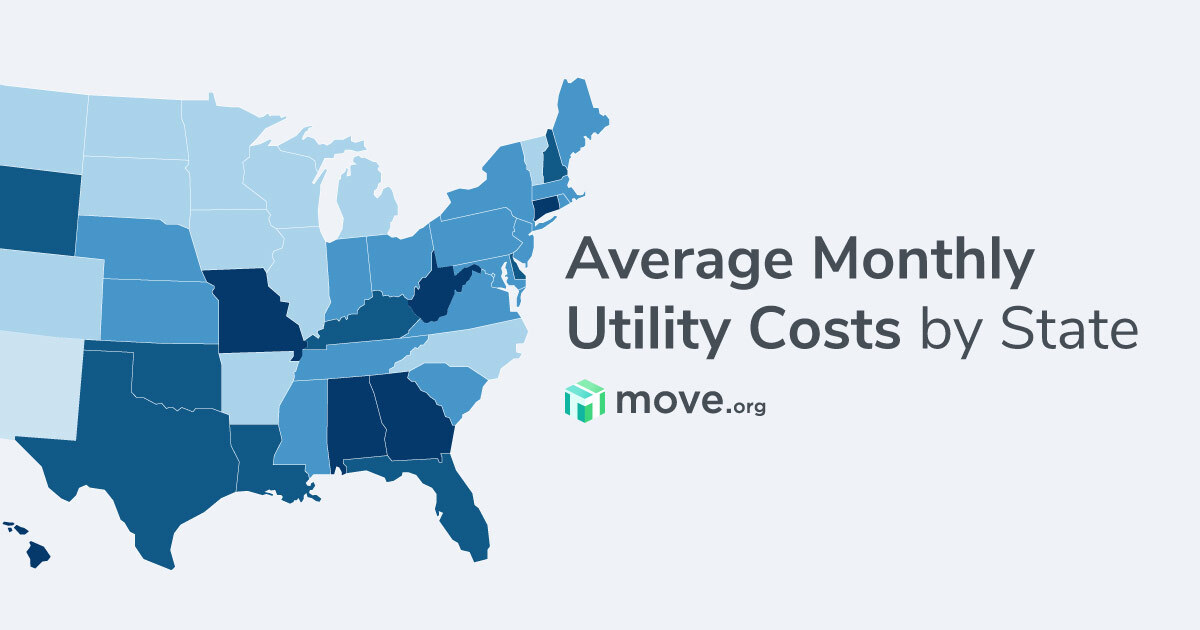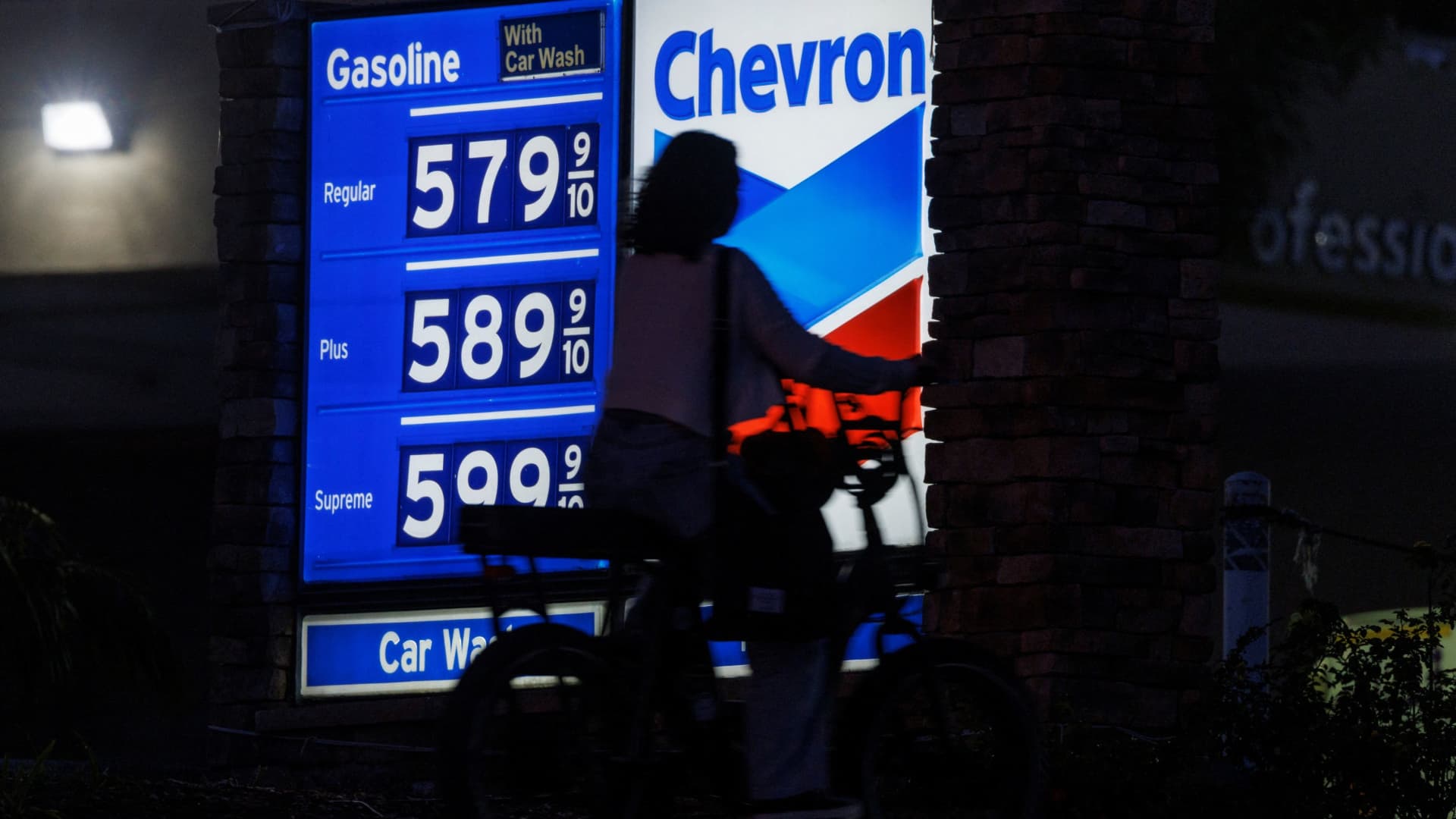Well given that it's now costing $150 billion per year to do nothing, and more every year, it's actually going to be cheaper, and create jobs during the changover.
This money that will be spent isn't disappearing into thin air here. It's creating jobs and investment in better and cheaper forms of energy. The Kentucky coal miners can be retrained to install solar panels, or building windmills. Healthier for them and the environment.
When Ontario closed the last of the coal fired generating plants in 1992, the Province got an immediate financial boost in the form of reduced emergency room admissions for asthma and heart problems during heat waves and other smog inducing weather.
The reduced acid rain saved the maple sugar bushes which were sustaining severe acid rain damage, as well as maintenance on stone and brick buildings also being badly damaged by acid rain. The savings ran into the hundreds of millions of dollars in infrastructure, and the entire maple sugar industry was saved from destruction.
The Liberal government in Ontario was pilloried 15 years ago when they started the conversion to wind power along the shores of the Great Lakes. It was called a huge waste of taxpayer money, and admittedly some of the policies were fiscal lunacy. However, Ontario now has some of the cheapest and cleanest electrical power in North America. Farm incomes have stabiliized as farmers rent 5 acre parcels to wind turbine companies at $12,000 per acre annually.
But by all means, continue to lie about where the money is going and how it will impact your economy.
It is not a lie. Because unlike you I provide substantiation for my FACTS... you zero! Why can't you do a little work and provide the links?
FACTS:
Every single household 129 million will be affected either directly or indirectly as the $71 Trillion is in ADDITION to the
cost of national average rate of 18 ¢/kWh.
How much does electricity cost in Texas? Learn what average electric rates and electric bills looks like in Texas.

www.energysage.com
So based on the FACT that regardless of whether the household pays the cost monthly for their usage or indirectly for businesses goods or services. With EVs 100% of cars/trucks... total kWh needed for EVs: 10,151,170,439,575 per year!
At 18¢/kWh a total of $1,319,652,157,145 per year cost per household of $10,156.64 in ADDITION to the construction of
$546,896 per household or yearly cost added to the kHw cost of $10,156.64 of $27,345 or over $37,500 per household just to cover the construction and the additional cost of EVs. And this $37,500 cost per year is in ADDITION to the average household's cost per year right now without EVs about an average annual electric bill in the US is $1,410.
How much do utility bills cost in your state and what can you do to lower your bills? Read our guide to learn more and find out.

www.move.org
Oh so what is the annual cost per household for gas?
Households are now spending an estimated $5,000 a year on gasoline
U.S. households are now spending the equivalent of $5,000 a year on gasoline, up from $2,800 a year ago, according to Yardeni Research.

www.cnbc.com
So Which is more...
if the American household has an EV that costs an additional $10,152 per year for each EV/household.... or
$5,000 for gas...hmmmm
So you tell me how ALL Americans at a cost per year of $4,872,561,810,996 can afford EVs to "rid fossil fuels"?
The coal mining industry employed over four thousand people in Kentucky in 2021. OK..
the average annual pay for a Miner in Kentucky is
$50,034 a year.
a solar installer can make well over $50,000.
In the near future, renewable energy sources will provide more energy to homes than coal, gas, and oil. Solar employed more people in 2016 than oil, coal, and gas COMBINED.

www.solar.com
So that's a wash.








:format(webp)/https://www.thestar.com/content/dam/thestar/opinion/editorials/2022/10/04/addressing-ontarios-shortage-of-electricity/pickering.jpg)


